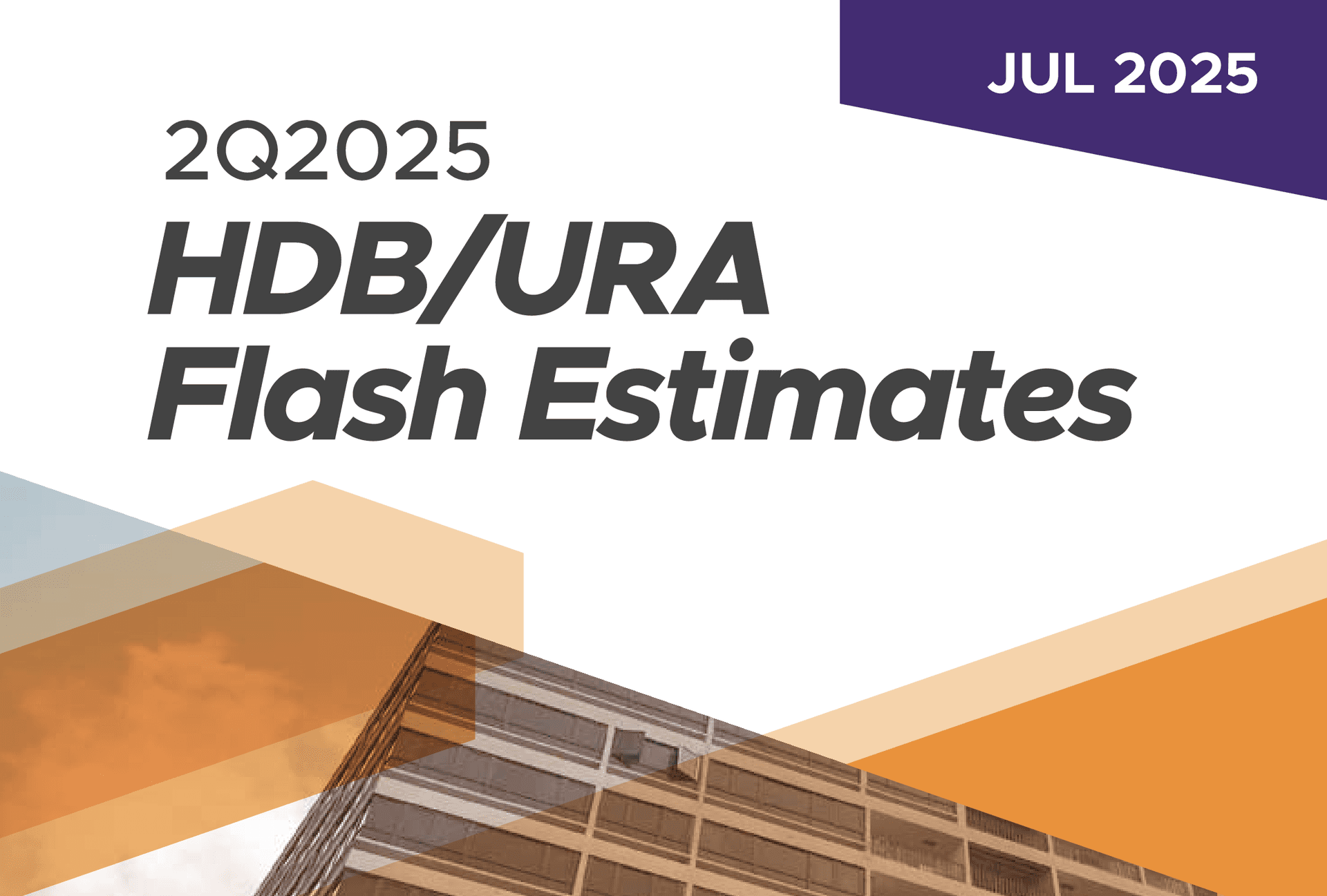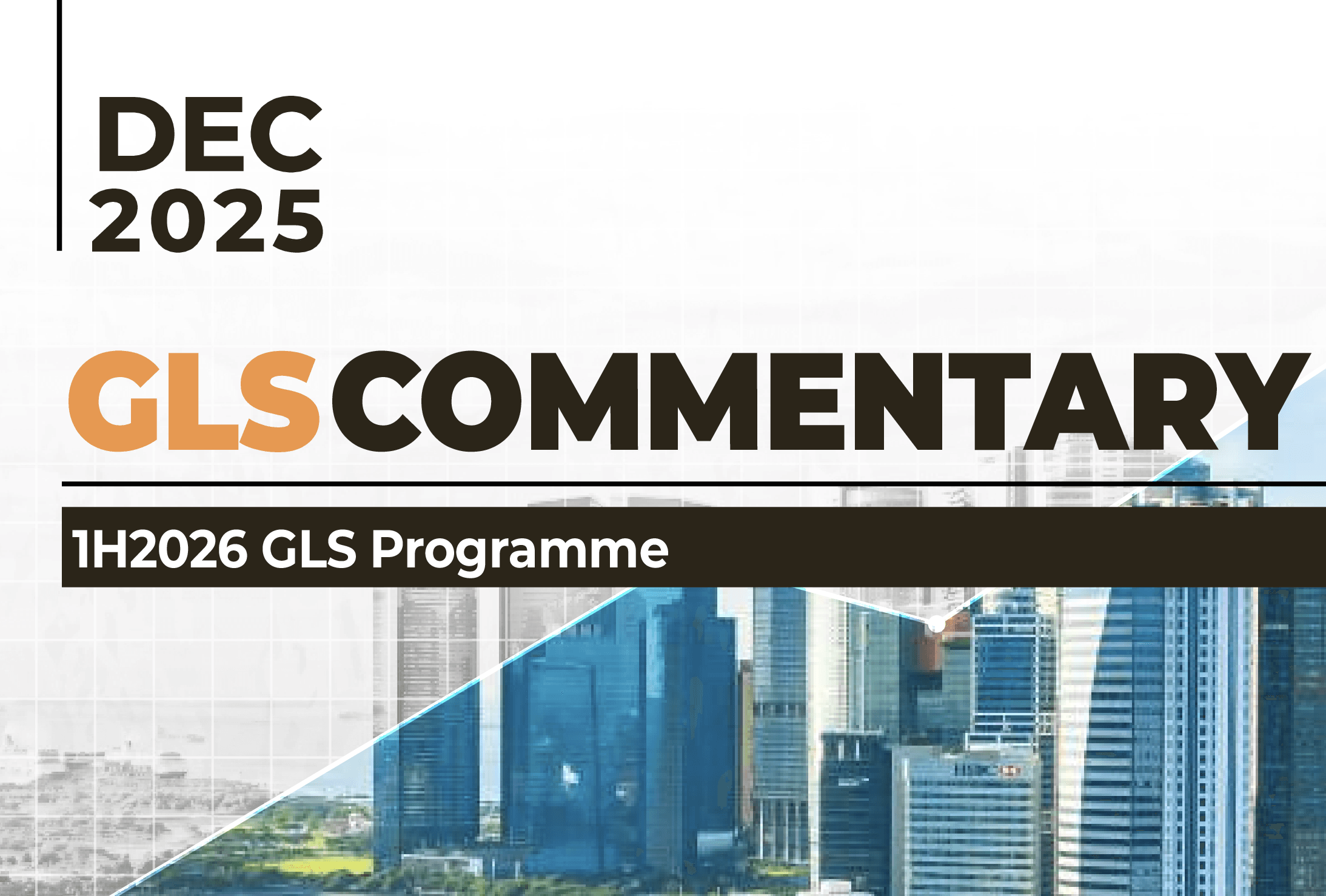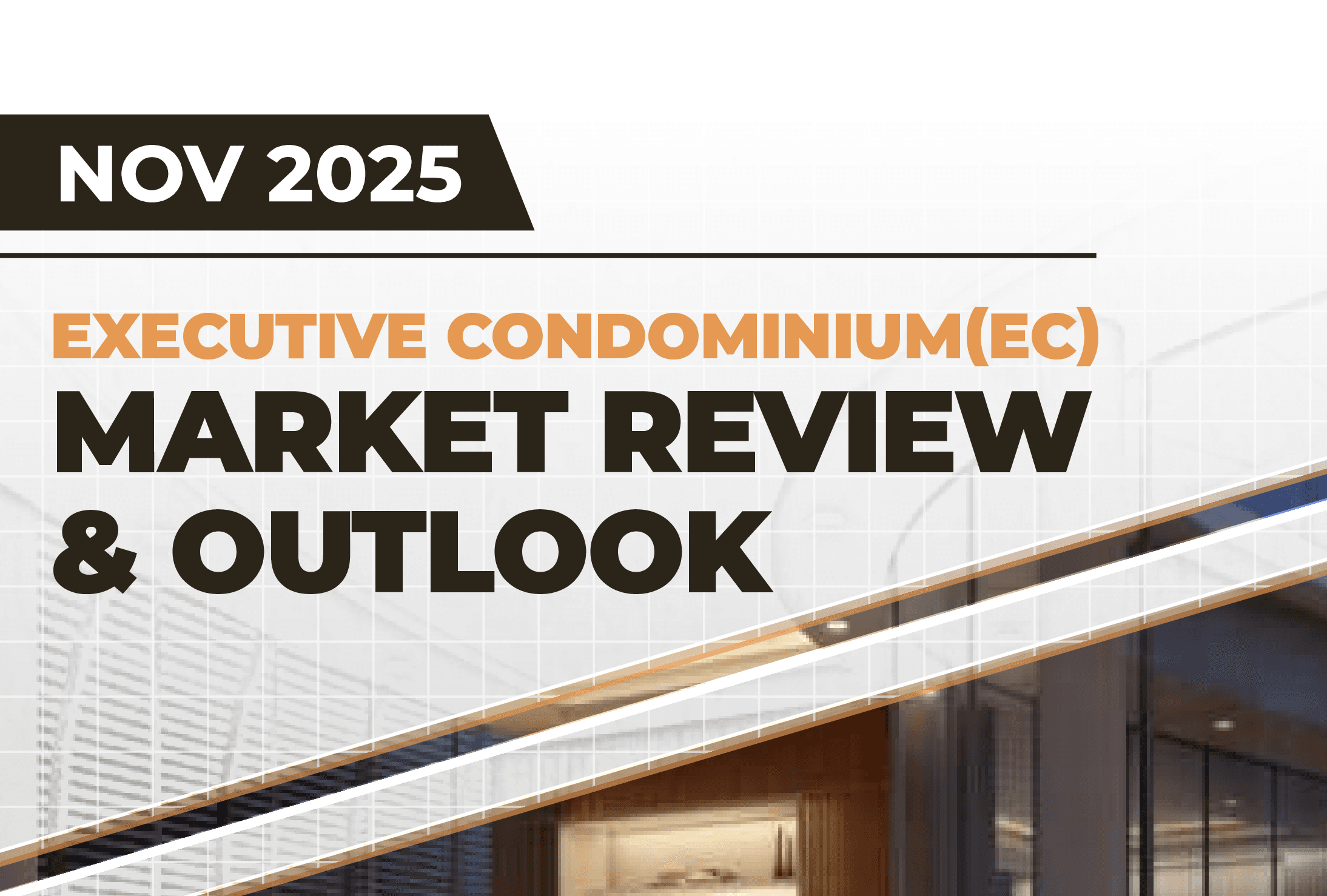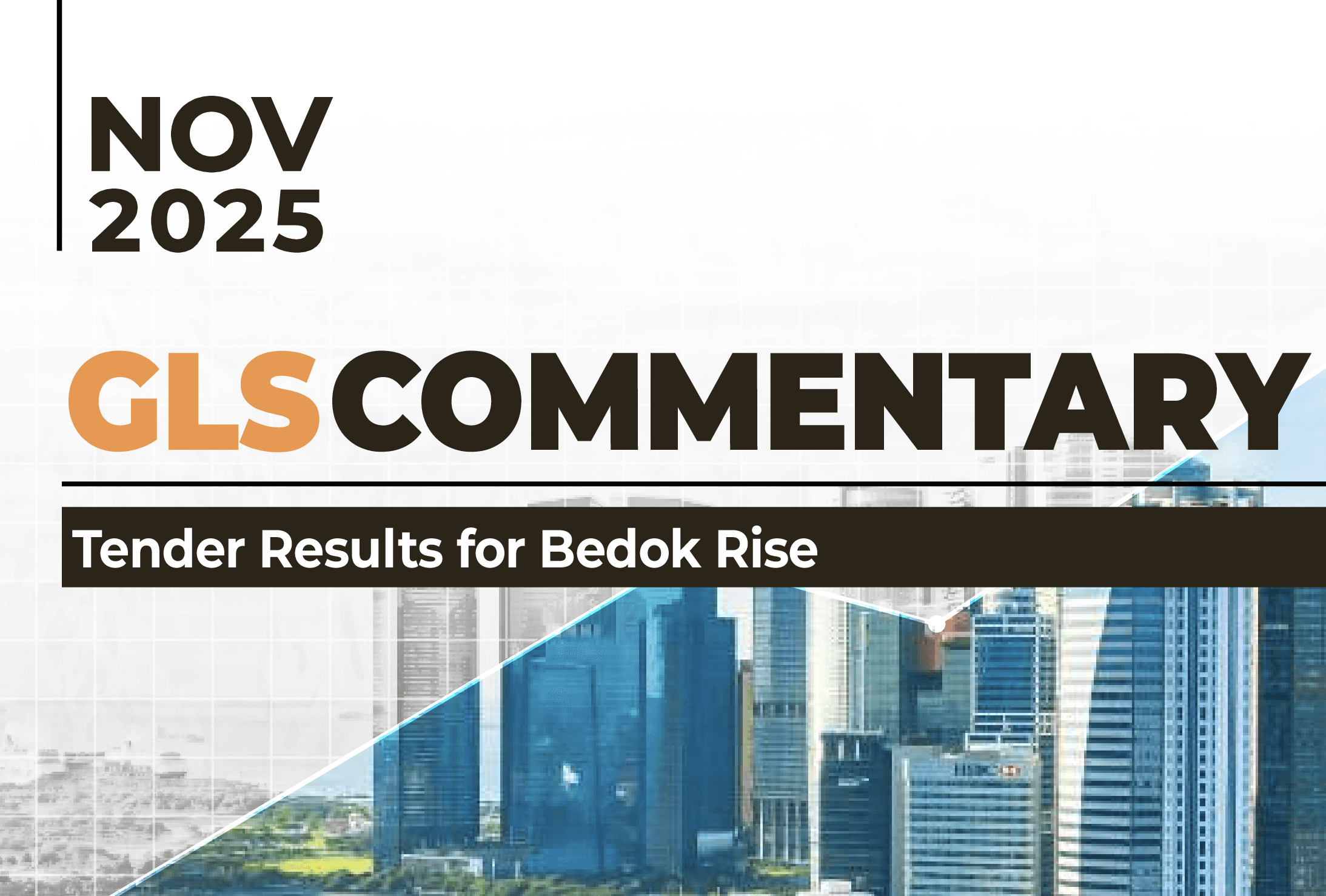In the second quarter of 2025, Singapore’s private residential property market continued to show steady growth, with the price index rising by 0.5%, slightly below the 0.8% recorded in the first quarter.
Developers adopted a more cautious approach in light of external uncertainties such as the Liberation Day tariff announcements and the General Election. This conservative stance helped support pricing levels amid a quieter launch pipeline.
The broader private residential market is expected to hold firm in the second half of 2025, buoyed by upcoming launches across a range of housing segments—from luxury freehold homes to Executive Condominiums (ECs) in emerging locations.
In the public housing segment, the HDB resale market showed continued signs of price moderation. Resale prices rose by 0.9% in 2Q2025, following a 1.6% increase in the previous quarter. Cumulatively, prices grew by 2.5% in the first half of 2025, compared to 4.2% in the first half of 2024.
Looking ahead, the HDB resale market is expected to remain resilient, supported by demand from families, couples, and unsuccessful BTO applicants.
Over 50,000 new flats are set to be launched from 2025 to 2027, including Shorter Waiting Time flats and Sale of Balance Flats (SBF). Additionally, 50,000 existing flats will reach their Minimum Occupation Period (MOP) between 2026 to 2028, expanding resale supply and easing price pressures.
Click here for the full report
Prepared By:
Mohan Sandrasegeran
Head of Research & Data Analytics
Email: research@sri.com.sg




